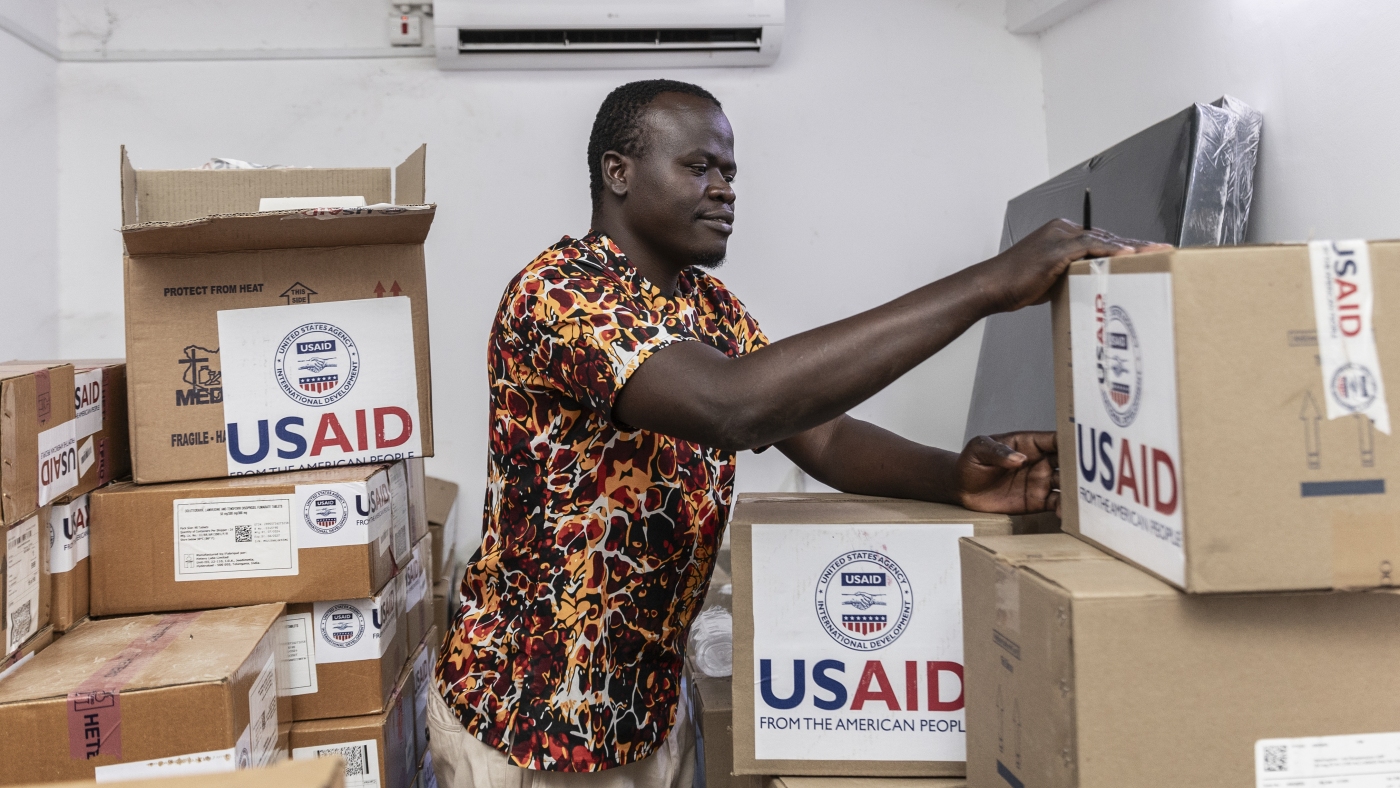The world stands at a precarious juncture, facing a crisis that could have been averted with foresight and compassion. A groundbreaking study published in *The Lancet*, a leading medical journal, reveals a harrowing projection: potential cuts to the United States Agency for International Development (USAID) under the Trump administration could result in an additional 14 million deaths by 2030. This staggering figure underscores the urgent need to scrutinize the study’s findings, understand USAID’s historical impact, and assess the far-reaching consequences of such drastic reductions in aid.
The USAID Lifeline: A History of Impact
Since its inception in 1961, USAID has been a linchpin in global health and humanitarian efforts. Its mission—to promote democratic values and foster a free, peaceful, and prosperous world—has been realized through its operations in over 100 countries. The agency’s contributions span a wide array of sectors, including health, education, economic growth, and democracy. Notably, USAID’s initiatives have been pivotal in combating HIV/AIDS through the President’s Emergency Plan for AIDS Relief (PEPFAR), as well as in the fight against malaria and tuberculosis. The agency’s impact is quantifiable and profound: the *Lancet* study estimates that USAID programs have averted over 90 million deaths in the past two decades. These numbers are not just statistics; they represent lives saved, families preserved, and communities strengthened.
The Lancet Study: A Deep Dive into Projected Consequences
The *Lancet* study meticulously examines the potential fallout of significant cuts to USAID funding, including the possibility of the agency’s dismantling. Researchers modeled the impact of these cuts on various health indicators, with a particular focus on diseases such as HIV/AIDS, malaria, tuberculosis, and childhood illnesses. The findings are alarming:
- Projected Death Toll: The study estimates that 14 million additional deaths could occur by 2030 if these cuts persist. This includes more than 4.5 million children under the age of five, a particularly vulnerable population.
- Increased Mortality Rates: The cuts could lead to a significant increase in mortality rates, especially in developing countries. Programs supported by USAID have been linked to a 15% decrease in deaths from all causes. Removing this support would inevitably reverse this progress.
- Re-emergence of Diseases: Decades of progress in combating infectious diseases could be undone. Cuts to programs fighting HIV/AIDS, malaria, and tuberculosis could lead to a resurgence of these diseases, overwhelming already strained healthcare systems.
- Humanitarian Crisis: Beyond health, USAID provides critical humanitarian assistance in response to natural disasters and conflicts. Cuts to this aid would leave millions without food, water, shelter, and medical care, exacerbating existing crises and creating new ones.
The Ripple Effect: Beyond Mortality Statistics
The implications of USAID cuts extend far beyond mortality statistics. These cuts would have a devastating ripple effect on communities and economies:
- Economic Instability: Healthier populations are more productive populations. Cuts to health programs would lead to increased illness and disability, reducing the workforce and hindering economic growth in developing countries.
- Educational Setbacks: USAID also supports education programs in many countries. Cuts to these programs would limit access to education, perpetuating cycles of poverty and inequality.
- Political Instability: Poverty, inequality, and lack of opportunity can fuel political instability and conflict. By undermining development efforts, USAID cuts could create a breeding ground for extremism and violence.
- Compromised Global Security: The United States’ own national security is intertwined with global stability. By weakening developing countries, USAID cuts could create security risks that ultimately threaten American interests.
The Moral Imperative: A Question of Values
The potential cuts to USAID raise fundamental questions about American values and global leadership. As a wealthy and powerful nation, the United States has a moral responsibility to help those less fortunate. Cutting aid to vulnerable populations is not only short-sighted but also morally reprehensible. Furthermore, these cuts would undermine America’s reputation as a humanitarian leader. For decades, the United States has been a beacon of hope for people around the world. Abandoning this role would damage America’s standing in the world and erode its soft power.
A Call to Action: Reversing a Dangerous Course
The projected consequences of USAID cuts are too dire to ignore. It is imperative that policymakers reverse this dangerous course and reaffirm America’s commitment to global health and development. This requires:
- Restoring USAID Funding: The most immediate step is to restore USAID funding to previous levels. This will ensure that critical programs can continue to operate and that millions of lives can be saved.
- Strengthening USAID’s Role: Rather than dismantling USAID, policymakers should strengthen its role and empower it to address the complex challenges facing the world today. This includes providing the agency with the resources and flexibility it needs to innovate and adapt to changing circumstances.
- Prioritizing Global Health: Global health should be a top priority for the United States. Investing in global health is not only the right thing to do but also the smart thing to do. It protects American lives, strengthens the global economy, and promotes international stability.
- Promoting International Cooperation: Global challenges require global solutions. The United States should work with other countries to address issues like poverty, disease, and climate change. This requires a commitment to international cooperation and multilateralism.
Averting the Unthinkable: A Future of Hope or Despair?
The *Lancet* study serves as a stark warning: the potential consequences of USAID cuts are catastrophic. We stand at a crossroads. We can choose to turn our backs on the world’s most vulnerable, or we can reaffirm our commitment to global health and development. The choice is ours, but the stakes could not be higher. The prospect of 14 million preventable deaths is a tragedy that must be averted. By restoring USAID funding, strengthening its role, prioritizing global health, and promoting international cooperation, we can create a future of hope and prosperity for all. The world is watching, and the actions taken today will shape the destiny of millions tomorrow.

